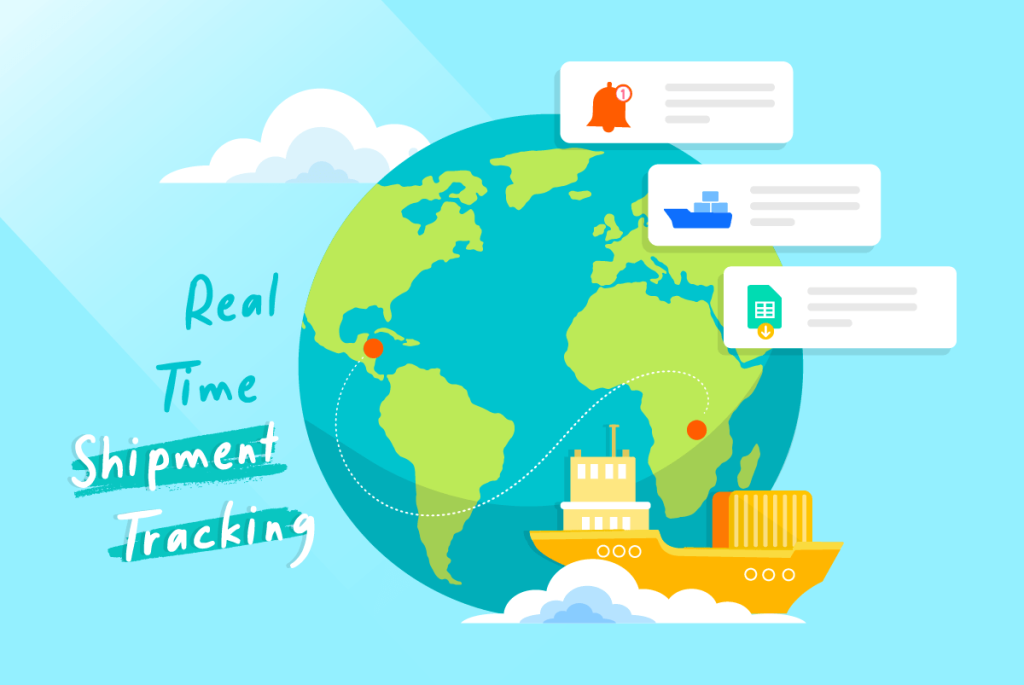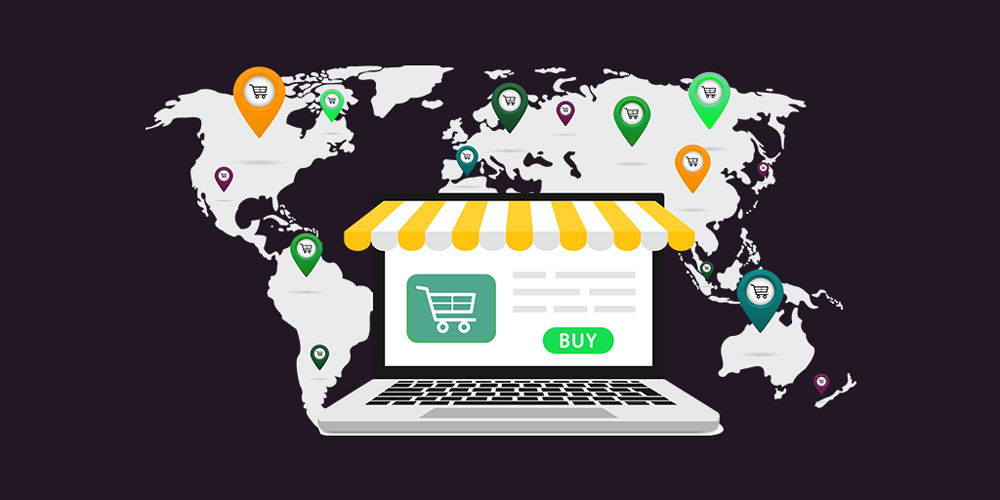将 TMS 与车队管理系统(FMS)相结合:实现物流效率最大化
在快节奏的现代物流世界中,仅有速度已远远不够。企业需要全面的可视性、精确的计划和灵活的执行,才能保持竞争力。这就是为什么 TMS 和 FMS 集成 正成为一项重要战略。
通过联合运输管理系统(TMS)和车队管理系统(FMS),企业可以建立一个互联的物流网络,从而做出更明智的决策、降低成本并加强从调度到交付的运营控制。

了解 TMS 和 FMS
什么是 TMS?
运输管理系统(TMS)可对货物运输进行规划、执行和优化。主要功能包括
- 路线规划和优化
- 运费评级和承运商选择
- 货运可见性和跟踪
- 交付调度和分析

什么是 FMS?
A 车队管理系统 (FMS) 专注于车辆和驾驶员的实时监控、维护和合规性。核心功能包括
- GPS 跟踪和路线历史记录
- 燃油使用和发动机诊断
- 驾驶员行为监控
- 维护计划和警报

为什么要整合 TMS 和 FMS?
TMS 管理物流工作流程,而 FMS 则管理实体车队。它们共同创造了一个数据丰富的环境,通过实时的车辆和驾驶员数据为物流决策提供信息。优势包括
1.提高路线效率
TMS 可计算出最有效的配送路线。FMS 提供实时交通、天气和车辆性能数据。它们共同实现了
- 动态路由重定向
- 提高燃油效率
- 缩短交货时间
2.实时货运和车辆可见性
FMS 跟踪每辆车的确切位置和状态,而 TMS 则提供交付里程碑和预计到达时间。两者结合,您将获得
- 为调度员提供统一的仪表板
- 预测到达估算
- 提高终端客户的透明度

3.主动维护和减少停机时间
财务管理系统会提示维护需求或车辆问题,TMS 可将其纳入路线和装载规划:
- 避免安排性能不佳的车辆进行交付
- 减少意外故障
- 提高准时交付率
4.提高驾驶性能和安全性
FMS 工具可监控驾驶员的行为--超速、空转、急刹车--并提供指导意见。TMS 可根据以下情况分配负载或计划:
- 驾驶员记分卡
- 疲劳风险
- 遵守服务时间(HOS)规定
TMS-FMS 集成用例
a.电子商务配送车队
同步规划和执行可确保在完全可视的情况下高效交付包裹,这让经营其车队的零售商受益匪浅。
b. 冷链物流
使用 TMS-FMS 综合数据,可对温度敏感货物的位置和环境条件进行跟踪,从而降低变质风险。
c.施工和现场服务
将 TMS 工作调度与 FMS 位置跟踪相结合,可确保技术人员准时到达,并对车辆进行适当维护。
d. 最后一英里配送 提供商
高密度的 "最后一英里 "路线要求对路线、驾驶员可用性和实时监控进行严格控制,而 TMS-FMS 组合可实现这一点。
整合考虑因素
- API 兼容性:确保两个系统都提供 RESTful API 或中间件,以实现无缝数据交换。
- 数据同步:设置实时或接近实时的数据同步,避免根据过时的信息制定计划。
- 统一界面:选择可为调度员和管理人员提供单一视图的平台或集成商。
- 安全与合规:集成系统应遵守数据保护和运输安全法规。
PostalParcel 如何提供帮助
PostalParcel 支持客户建立互联物流基础设施。无论是将您的 TMS 与现有的 FMS 工具集成,还是采购组合解决方案,我们的服务包括
- 系统架构咨询
- 应用程序接口集成和测试
- 驾驶员和调度员培训
- 自定义分析仪表板
- 维护和合规监测
最终想法
物流的成功不再依赖于孤立的软件工具。通过将 TMS 和 FMS 相结合,企业可以获得全方位的控制,从路线规划和交付跟踪到车辆健康状况和驾驶员绩效。
准备好统一您的物流系统了吗?立即联系 PostalParcel,将运输效率提升到新的水平。
行业洞察
收件箱消息
Nulla turp dis cursus.整体释放,预留空间








[物流业正在经历一场技术革命,人工智能和机器学习(ML)正在 [...]
[......]需要对其运输网络进行信息和可操作的控制--从最早的货运规划阶段到最后的交付里程。这就是扩展承运商控制发挥作用的地方,[......]
[...] 1.机器人技术在现代物流中的作用日益增强 [...] 2.